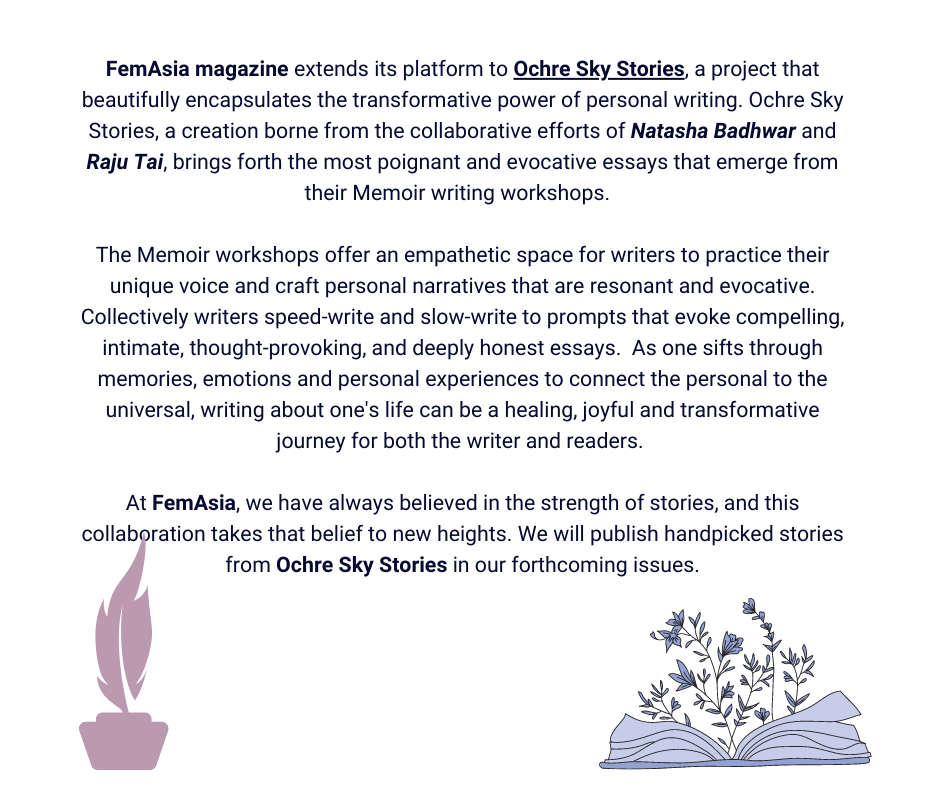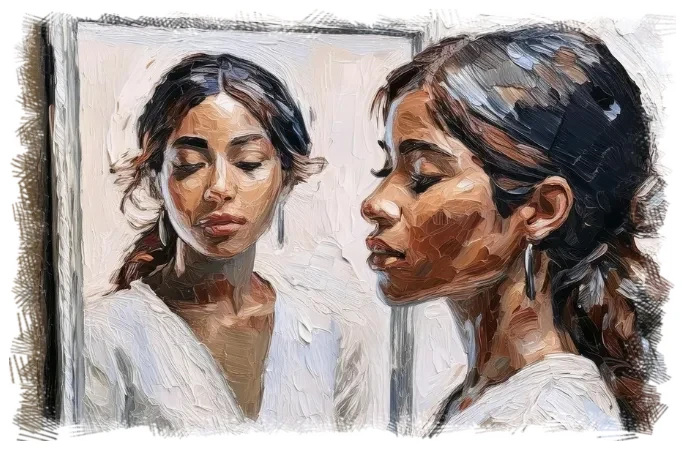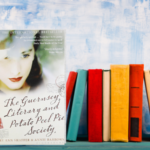“You remind me of Nandita Das,” said the person I was dating, about 20 years ago. I kept mum. The eye rolls and guffaws came in chats with friends many years later. Through the years, this observation came too easily from too many people. Not always Nandita Das, there were a few others too. Ma says she has been called similar to Shabana Azmi. The ease with which it slipped off the tongues of people we met. If you are a lower-middle to upper-middle-class, dark-skinned, Indian woman who is at least over 40 years old now, chances are you have probably been at the receiving end of these strange comparisons. Shabana Azmi, Smita Patil, Nandita Das, Konkona Sen, and for me the last being the younger Swara Bhaskar.
No, this is not an attempt at a humble brag. None of these women look like me. I came to find these comparisons mind-numbing. But of course, I was momentarily flattered too as they were without a doubt, stunning women.
Growing up my immediate environment did not come down heavily on the colour of my skin. I’m from Kerala, and dark skin is common, though the naked love for fair skin is all-pervasive. In our family, the lighter-toned folks were the exceptions. While light skin love did inject a certain degree of cockiness in them, the nuclear unit I was born into didn’t make much about this.
As children, we had observation-based games on skin colour! Children stood in line based on their complexion and made a game of it. Are we in the right order in the gradient? Who was the fairest among us? This was fun as positions could change by the end of a sun-filled holiday! There could be a different winner too! I was usually in the middle of this gradient, so nothing pinched me. Maybe that is why I remember this as play and not humiliation. Would the ones who got plotted at the darker end of this spectrum remember the game differently?
We gripped the arms of the fairer kids with spread-out fingers and twisted them in a wringing motion, leaving angry rosy welts on their wrists! Since red didn’t show up as well on darker skin tones us karambis (dark girls) were either spared the agony or our arms wrung harder! Neither was a win.
When MJ’s song Black or White became accessible, kids being kids turned parts of it into an action song. The darkest and the fairest one in the room were surely pointed to match the lyrics. I slipped through the cracks mostly. There was always someone fairer and sometimes there were darker ones too. Unless of course, it was school/college in Delhi – I was clearly on the saturated end of the scale there!
It really was not till I was dating did the colour of my skin became alive and present to me. The body is like that, nai? It makes its presence felt usually in pleasure or pain or the anticipation of them. In pleasure, I existed as much inside this body and the colour of my skin as much as I lay beside it, observing it. The way the roasty brown of my late teen hand looked against a wheatish cheek. The magenta blouse against this brown back darkening the gaze of a Nandita Das-loving lover. The sounds of pleasure were like my skin too – dark and deep. Freed as I was of conventional light-skinned femininity, I could let myself be anything but shy. The colour of my skin gave me a niche affinity and mental sisterhood with strong, powerful women in real life and out there on the screen. It immediately unpinned me from the possibility of being nailed up on a cross of softness (equated then in my head as weakness), hesitance, and all things that spelt passive and popularly feminine. So much so that in all my sari-wearing years I didn’t even covet a chiffon sari and probably have never worn one. Those were for the Yash Chopra heroines.
When all of these hormones in the late teens and early twenties were met with comparisons with dusky actresses, one didn’t always initially see the silliness of it. Keeping up with desires didn’t lend many of us the opportunity to think consistently and critically through moments like these. There would startling clarity later, as the hormone haze clears. As we looked at mirrors, some of this became as plain as day. There was but one similarity between the actresses they thought we resembled – the colour of our skin.
So at 40, when and a young man I was briefly seeing, sent me a picture of Swara Bhaskar saying, “Has someone told you, you look like a hotter version of her,” I asked only half-jokingly if he thought no one else saw the similarity (psst, others have said this, and no, there is no similarity).
I am tempted to be generous and assign this easy comparison to how I dressed for a major part of my life. It was parallel cinema aesthetic that later gave way to social-worker/development sector/self-righteous development professional aesthetic. But if what you wear got you comparisons with similarly dressed heroines on the big screen, then, ALL young women dressed in flowy chiffons would be compared to Yash Chopra heroines? Nope. Not All Young Women. These women would also need to be light-skinned and of a certain body type. I’m sure the fairer handloom wearers were not compared to the dark-skinned divas we were clubbed with. Even our imaginations were only skin deep!
For someone who was fairly (bwahahaha) unscathed by direct strong prejudice about the colour of her skin, I cannot deny that I was a bit singed, nonetheless. A Madrassi in the Delhi I grew up in, is a sitting duck for this specific kind of prejudice. I remember how people looked at us. For a while, I thought it was because we didn’t look rich, which in part was because we weren’t fair.
I see how the dark-skinned sisterhood is real for me. I cannot count the number of times I have walked into a room full of people and in my head dismissed and discounted the light-skinned-conventionally-good-looking folks and gravitated towards the darker-toned ones. Assuming realness lies there.
When I started writing parts of this a few months ago, I assumed none of this affected me at this point of time of my life. I’m outside of the dating and courtship games, I barely socialise in person and when I do my widening girth has overtaken any concerns I may have had about my complexion. So why get into this now?
Last week, I walked into a conference of sorts after a loooong looong break. I caught myself feeling that dark-skinned sisterhood all over again. A friend and I were planning our getaway before the close of the sessions. I found myself advocating that we wait for speaker x to have her turn on the panel before getting up and leaving. My friends eyes seemed to ask “Oh you know her? What does she do?”. I had no clue and then I realised- leaving while a dark skinned sister was speaking felt strangely like a betrayal on my part. Who was I betraying? Just some skin-deep programming of placing my bets on the dark one in the room and default suspicion of the currency of fair skin. Where does it come from – if not from a bit of singeing? It isn’t easy to shake off.
*
I wouldn’t have gone this route, if Tanya Shakil hadn’t nudged this last year with a prompt.
This work was written during the Ochre Sky Memoir writing workshop facilitated by Natasha Badhwar and Raju Tai.




